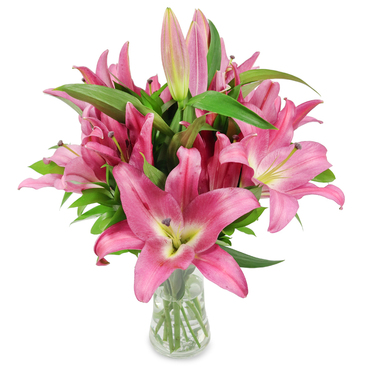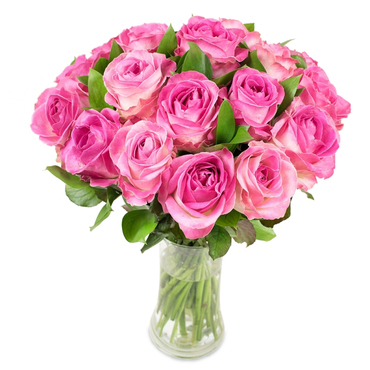Unveiling the Amaryllis' True Name
Posted on 22/08/2025
The Amaryllis flower is admired worldwide for its stunning large blooms and vibrant colors. Despite its popularity, the history behind the Amaryllis' true name remains largely unknown to many. This article will delve deep into the origins and true identity of this magnificent flower, giving you a greater appreciation and understanding of the Amaryllis.
The Historical Background of the Amaryllis
The Amaryllis has a rich history that dates back to ancient times. The name "Amaryllis" is derived from the Greek name "Amarullis," meaning "to sparkle." This name aptly describes the flower's dazzling appearance. The story of the Amaryllis flower begins with the botanists and horticulturists of the 18th century. They were fascinated by its captivating beauty and sought to understand more about it.

Clarifying the Misidentity: Hippeastrum vs. Amaryllis
There has been persistent confusion between the terms "Amaryllis" and "Hippeastrum." Technically, the bulbous flower commonly referred to as Amaryllis is actually from the genus Hippeastrum. True Amaryllis belongs to a different genus, Amaryllis belladonna, native to South Africa. Over the years, due to historical botanical classifications, the name "Amaryllis" became widely accepted for Hippeastrum, particularly in the horticultural industry.
Unveiling the True Amaryllis
The true Amaryllis, also known as Amaryllis belladonna or "Naked Lady," is known for its intriguing growth pattern. Unlike its commonly mistaken cousin Hippeastrum, the true Amaryllis produces its flowers on leafless stems. This peculiar trait contributes to its nickname. Originating from the Cape Province of South Africa, the true Amaryllis thrives in Mediterranean-like climates.
Pros and Cons of Growing Amaryllis
Pros
- Stunning Blooms: Amaryllis flowers are known for their spectacularly large and colorful blooms, which make for striking visual displays in gardens and homes.
- Easy to Grow: Both true Amaryllis and Hippeastrum are relatively easy to grow, making them suitable even for beginner gardeners.
- Long-Lasting Blooms: When properly cared for, Amaryllis flowers can last for several weeks, offering prolonged beauty.
Cons
- Sensitive to Over-Watering: Amaryllis bulbs are prone to rotting if overwatered, requiring careful moisture management.
- Temperature Sensitivity: True Amaryllis prefers specific climates and may struggle in areas with extreme temperature fluctuations.
- Confusion with Hippeastrum: The ongoing confusion between Amaryllis and Hippeastrum can lead to misidentification and care mistakes.
Tips for Growing Amaryllis Successfully
- Proper Planting: Plant Amaryllis bulbs in well-draining soil, ensuring the bulb's top third is exposed above the soil surface.
- Watering: Water the bulbs sparingly until growth is visible, then increase watering frequency but avoid water-logging the soil.
- Light Requirements: Place the plant in a location where it can receive bright, indirect sunlight.
- Fertilization: Feed the plant with a balanced fertilizer during the growing season to promote healthy blooms.

Takeaways
- Understanding the distinction between Hippeastrum and true Amaryllis is key to proper identification and care.
- The true Amaryllis (Amaryllis belladonna) has unique flower growth on leafless stems.
- Pros of growing Amaryllis include stunning blooms and ease of cultivation, while cons include sensitivity to over-watering and temperature.
- Proper care involves appropriate planting, watering, light, and fertilization practices.
Conclusion
Unveiling the true name and origin of the Amaryllis flower enhances our appreciation and understanding of this remarkable plant. Whether you're an experienced gardener or a beginner, growing Amaryllis can be a rewarding experience. By distinguishing between the true Amaryllis and Hippeastrum and following the provided growth tips, you can enjoy the beauty of these dazzling blooms year after year.


























